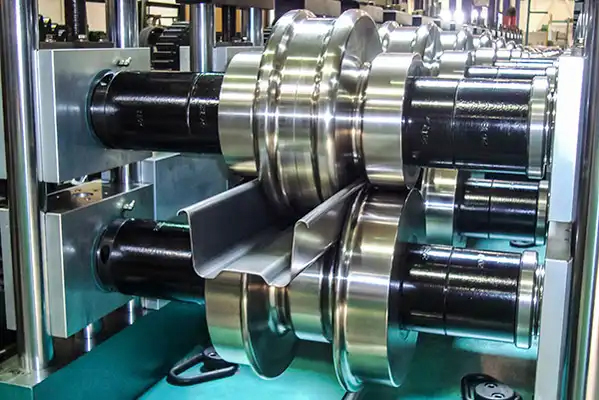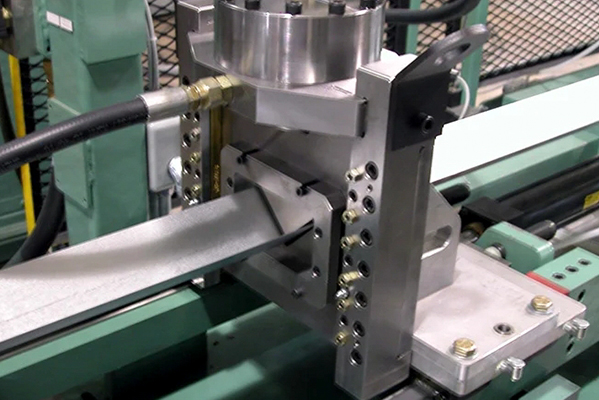Navigation Menu
Contact Us
- Email:
- info@wxavatar.com
- Address:
- Yurong Village, Yuqi Street, Huishan District, Wuxi, China.
Release Date:Jul 24, 2025 Visit:45 Source:Roll Forming Machine Factory
Roll forming is a continuous metal shaping process that transforms flat metal coils into customized profiles with consistent cross-sections. This technique is widely used across manufacturing sectors due to its versatility and efficiency. By using a series of precisely positioned rollers, roll forming machines can produce complex shapes without interrupting the material flow, resulting in uniform, high-precision components.
Below are some common types of metal products that can be produced using roll forming technology:

1. Structural Components
One of the most prevalent uses of roll forming is in the production of structural elements used in construction and infrastructure. These include:
C-Channels & U-Channels: Common in metal framing, industrial racking systems, and enclosures.
Angles & L-Profiles: Used for reinforcement in steel frameworks.
Z-Purlins & Hat Channels: Frequently used in roofing and wall systems for industrial buildings.
2. Roofing and Cladding Profiles
Roll forming is ideal for manufacturing long lengths of roofing and siding profiles with consistent shapes, such as:
Corrugated Sheets
Trapezoidal Panels
Standing Seam Panels
Ridge Caps and Flashings
These products are typically formed from coated steel or aluminum to meet different project needs.
3. Automotive Parts
The automotive industry often relies on roll forming for high-strength, lightweight components. Common examples include:
Bumpers
Reinforcement Beams
Side Impact Bars
Roof Rails and Frames
Roll forming allows tight tolerances and consistent geometry, which is crucial for assembling parts in automated lines.
4. Electrical Enclosures and Cable Trays
Electrical and data infrastructure benefit from roll-formed products that offer both function and installation efficiency:
Cable Trays
Conduits
Panel Enclosures
Mounting Rails
These components are usually made from galvanized or stainless steel and are formed to include ventilation slots or pre-punched holes during the roll forming process.
5. Fencing and Guardrails
Roll forming can create fencing profiles and guardrail components used for roadside safety and facility boundaries:
W-Beam Guardrails
Posts and Rails for Fencing
Ornamental Fence Profiles
The ability to roll long, uniform pieces reduces the need for on-site fabrication.
6. Door and Window Frame Profiles
Doors and windows often incorporate roll-formed parts that provide structural support and aesthetic finishing:
Track Systems
Stiffeners
Frame Profiles with Complex Geometries
These can be produced with multiple bends, punched holes, or integrated fastening features in-line.
7. Appliance and HVAC Components
Home and industrial appliances, as well as HVAC systems, make use of roll-formed sheet metal components for housing and support:
Ventilation Ducts
Mounting Brackets
Panels and Frames for Appliances
The process supports high-speed production with accurate repeatability, suitable for mass manufacturing.

Conclusion
Roll forming machines are highly adaptable, capable of producing a wide array of metal products for use in construction, automotive, electrical, and many other sectors. With the right tooling design and material selection, manufacturers can achieve consistent results across large production volumes while maintaining design flexibility. As industries continue to seek cost-effective and scalable production solutions, roll forming remains a trusted process for shaping metal with efficiency and reliability.